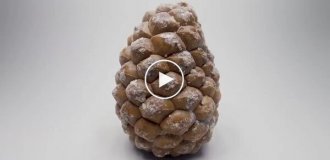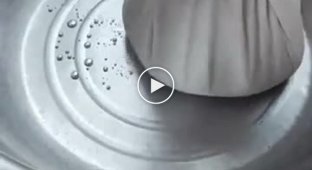The Crazy World of Hat Making: How Mercury Drove Hat Makers Crazy (7 photos)
In the 18th and 19th centuries, hat making was a deadly craft. The culprit was toxic mercury, which was used to process felt. 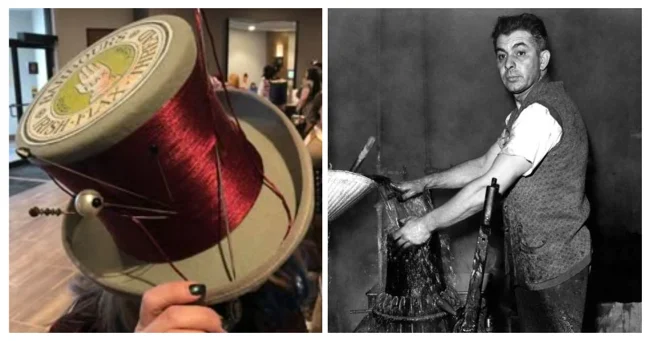
Masters inhaled its fumes in stuffy workshops, and many went mad due to brain damage. This explains the famous expression "mad as a hatter." Even the Mad Hatter character from Lewis Carroll's Alice in Wonderland behaves as if he suffers from mercury poisoning. 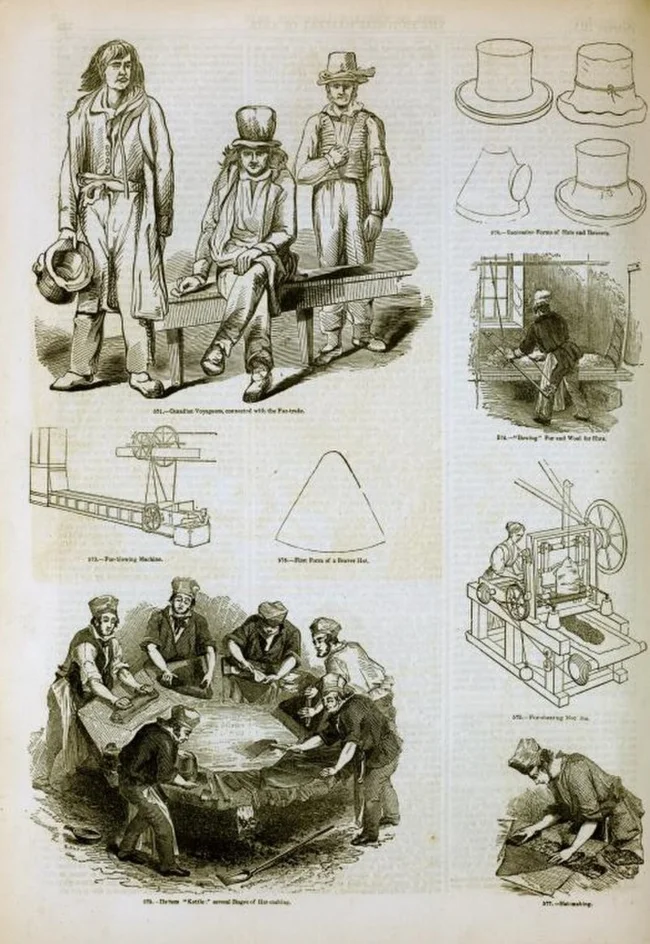
Hats have been more than just a fashion accessory, they have been an important part of a wardrobe for centuries. However, mass production only began about 400 years ago in Milan, where luxurious headwear was made from felt, straw and fabric. This is where the word "millineria" - "hat production" (from Milan - Milan) comes from.
Mercury Nightmare 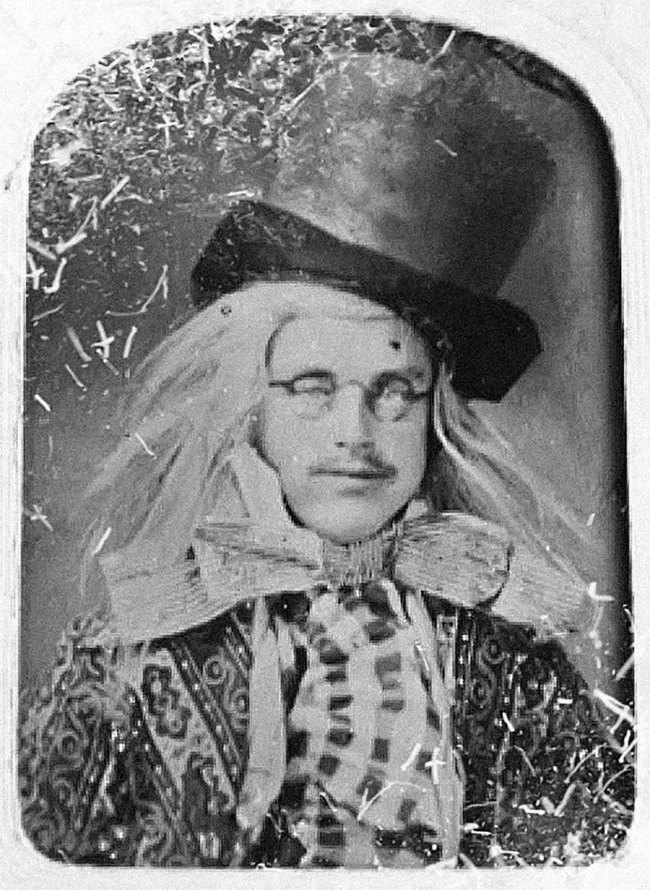
In France, they discovered that adding mercury nitrate to hot water makes rabbit fur coarser and easier to felt. This secret came to England with the Huguenots fleeing religious persecution. There, the process was nicknamed "carrot" - because the white fur turned reddish after treatment.
Mercury poisoning began with trembling in the fingers, which gradually spread throughout the body. Then came irritability, depression, and memory lapses. In severe cases, hallucinations, tooth and hair loss, and kidney failure can occur. 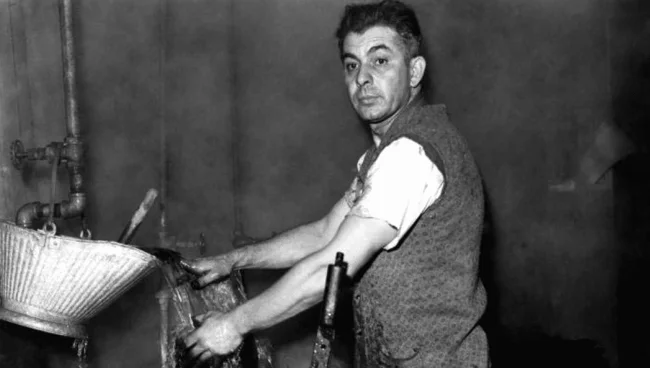
A worker at a Connecticut hat factory processes a hat underwater
In 1946, an article in the British Journal of Industrial Medicine described the symptoms of "mad hatters":
The sufferer becomes easily upset and confused, loses all joy in life, and lives in constant fear of being fired from his job. He experiences a sense of timidity and may lose his temper in front of visitors. Thus, if someone stops to watch such a man in a factory, he will sometimes throw down his tools and lash out in anger at the intruder, saying that he cannot work while being watched. Sometimes a man is forced to quit his job because he can no longer follow orders without losing his temper, or, if he is a foreman, because he has no patience with his subordinates. Drowsiness, depression, memory loss, and insomnia may occur, but hallucinations, delusions, and mania are rare. 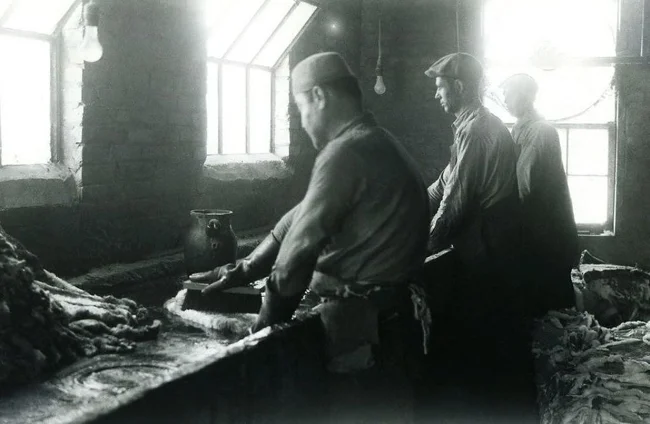
Workers treat fur with mercury nitrate in a felt hat factory
In 1860, physician J. Addison Freeman demonstrated a link between mercury and hatters' madness, calling for better ventilation in the workshops. But his warnings were ignored.
Indifference and Greed 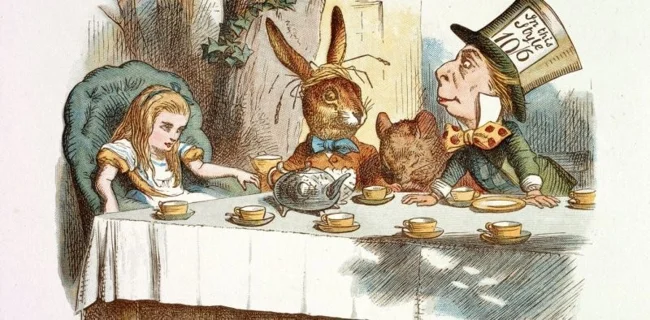
John Tenniel's illustration of the tea party scene in Alice's Adventures in Wonderland
By the end of the 19th century, the dangers of mercury were already known, but manufacturers were in no hurry to change anything. In 1878, doctor L. Dennis found out that every fourth worker in Essex had already suffered from poisoning, but was afraid to admit it, so as not to lose their jobs.
Many hatters considered tremors "the inevitable price of the profession", and the authorities and society simply turned a blind eye to this. It wasn't until 1941 that the United States finally banned mercury from production, replacing it with hydrogen peroxide. 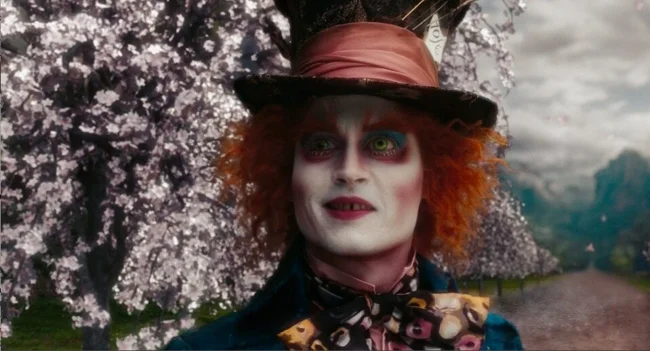
Tarrant Hightopp, aka the Mad Hatter, played by Johnny Depp
The history of hat making is also the history of human carelessness, greed, and the slow path to realizing danger. And the Mad Hatter from Alice turned out to be not such a fictional character after all...

